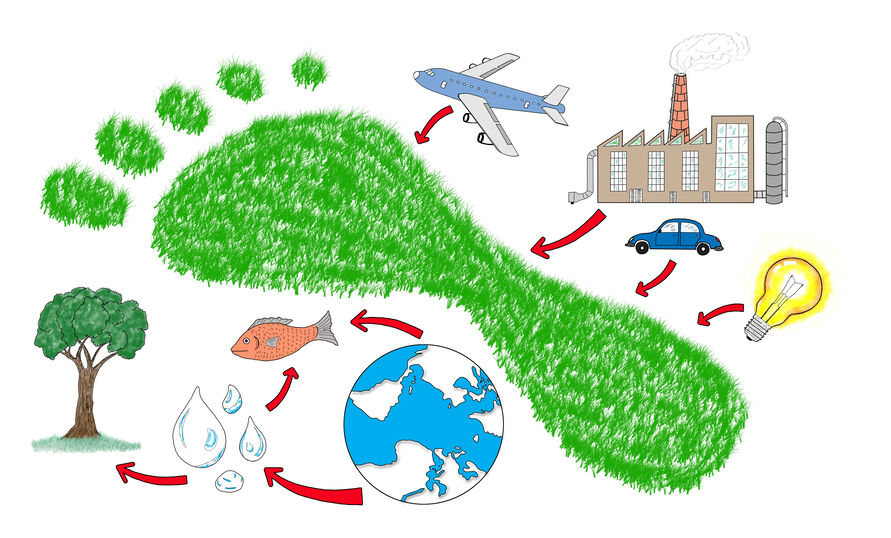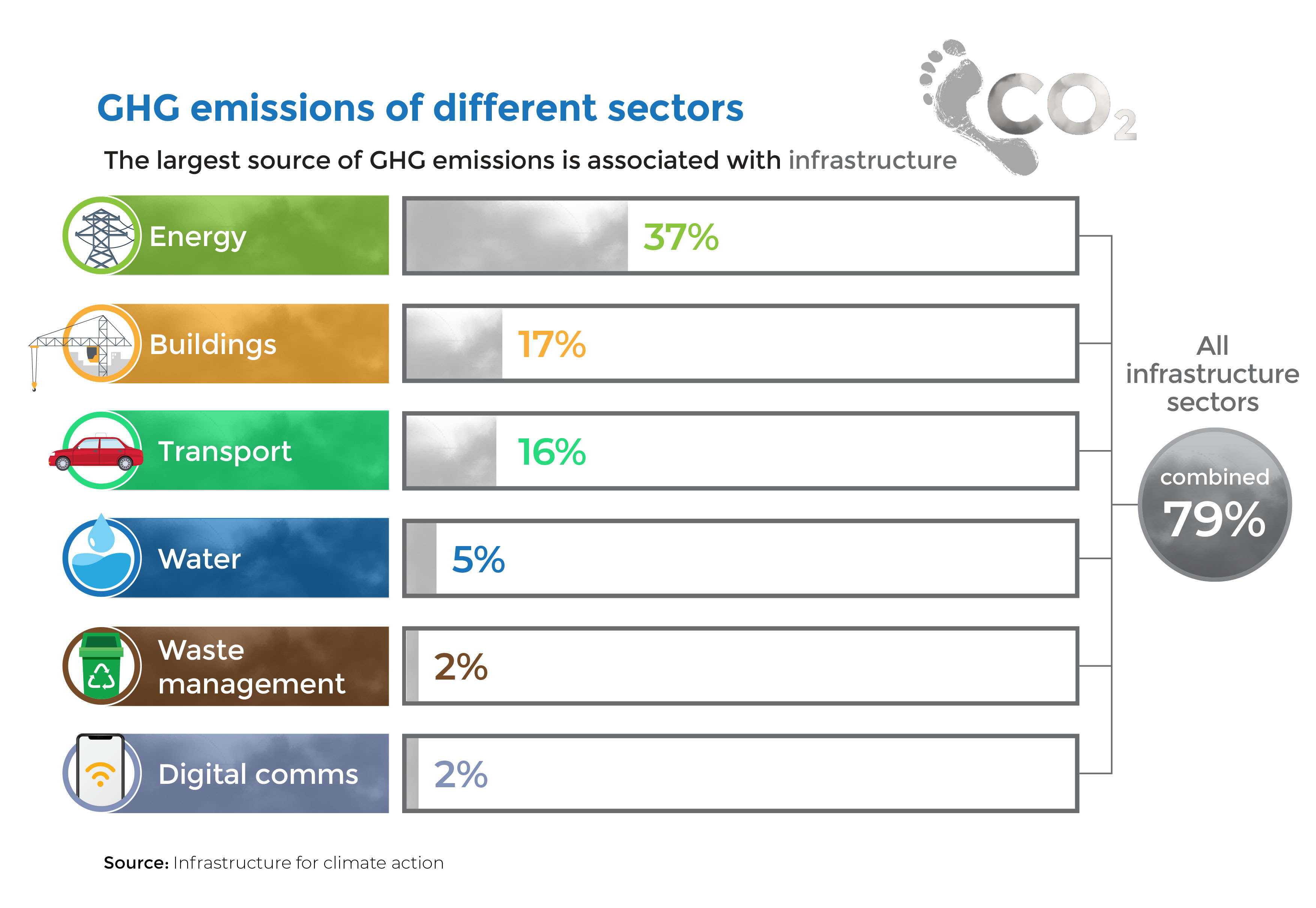Carbon neutrality has been a hot topic in the financial world. I recently read a few reports about how different industries achieve carbon neutrality through low-carbon transformation.
While some may think that reducing carbon emissions is the responsibility of some industries, every industry has its carbon footprint. Infrastructure sectors, like energy, transport and buildings, have the highest levels of carbon emissions. UNOPS, UNEP, and the University of Oxford jointly published the 'Infrastructure for Climate Action' in October 2021, which pointed out that infrastructure sectors account for 79% of global greenhouse gas (GHG) emissions.
Reducing carbon emissions by different sectors
Replacing fossil fuels with renewable energy, such as solar energy, wind energy, hydropower, geothermal energy and biodiesel, is extremely important for all industries, especially in the low-carbon transformation of the energy, transport and buildings sectors.
However, there are many ways to achieve carbon neutrality, and companies have different strategies to cut carbon emissions based on their characteristics and carbon emissions sources. Here are some examples.
- Financial: Offering financing and investment services, financial institutions try to achieve carbon neutrality by launching green financing programmes and products. Comprising more than 450 banks, insurance companies, investors, exchanges, rating agencies and index suppliers, GFANZ was established in 2021 to provide funds for low-carbon transition, companies' emissions reduction, and industries and projects that create a positive impact on climate change. On the other hand, financial regulators work closely with the industry, to provide appropriate requirements for climate finance and related financial activities.
- Livestock: As animal faeces release methane, a GHG, some companies collect and reuse methane from animal droppings as fuel to reduce carbon emissions, while some companies adopt carbon offsets such as planting trees and improving soil quality.
- Buildings: Building designs and construction methods significantly impact carbon reduction. Some property developers adopt sustainability in their design, such as natural lighting and ventilation, or use recyclable materials for their properties.
- Technology: Technology companies reduce carbon emissions in many ways, such as shifting to renewable energy, boosting energy efficiency, cutting down the carbon emissions of data centres, offering more energy-efficient products, reducing the frequency of business trips and promoting green transport.
As carbon neutrality is an important goal of global sustainable development, we expect more businesses will embrace this in the future. When investors assess the sustainable development of companies, they should also keep an eye on their carbon neutrality goals and related actions.







